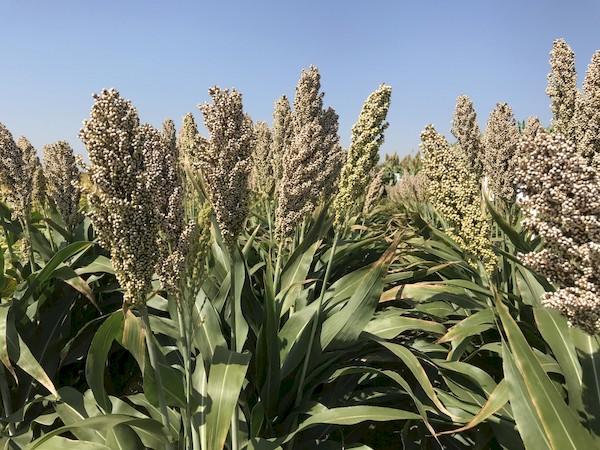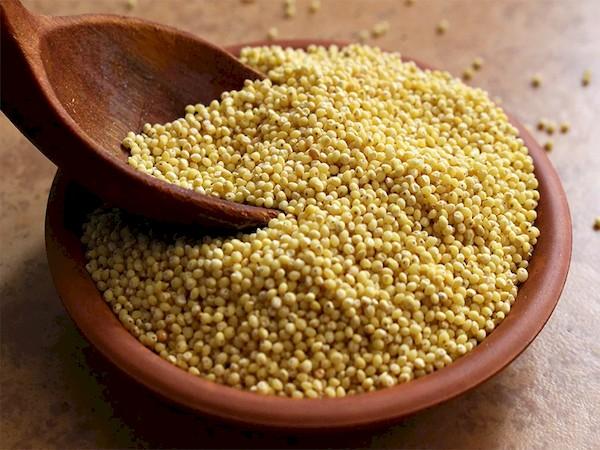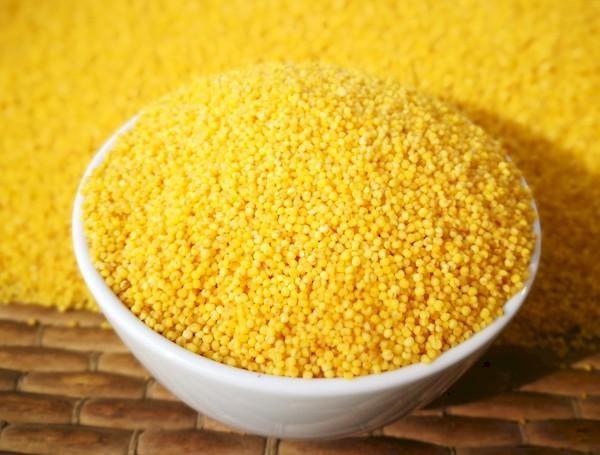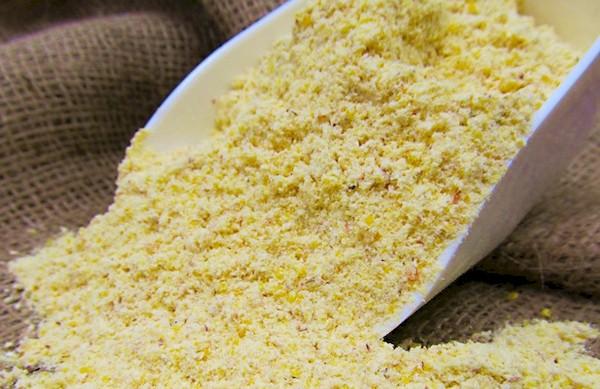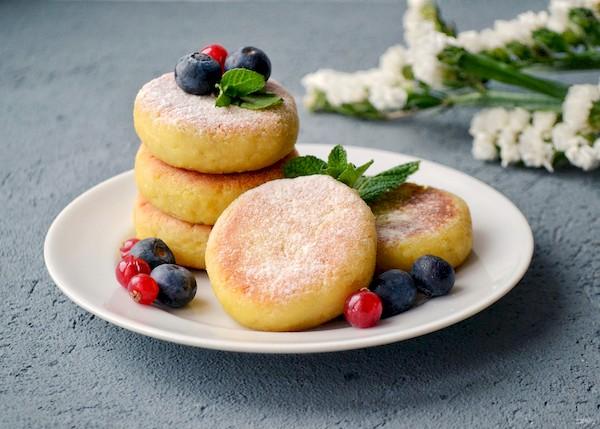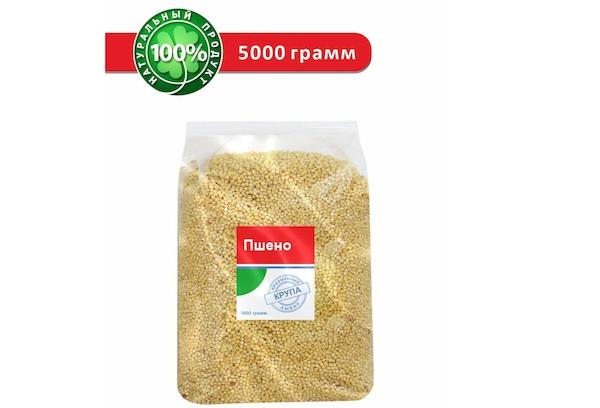Millet and millet cereals - why they are a healthy and affordable product
When people learn about the incredible benefits of millet porridge, they wonder: what kind of grain is millet? Many people believe that it is made from wheat grains, but this opinion is erroneous. Having tasted what wheat porridge tastes like, you can understand that it is very different from millet. Yes, and they look different. This means that millet is obtained from a completely different plant. What kind of cereal is this and what are its benefits?
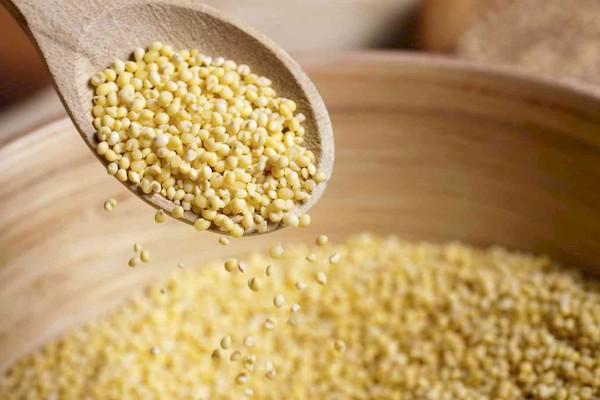
What is millet made from?
Millet is made from the seeds of a special agricultural crop - millet. It is quite common and is grown in the territories of many countries: China, Transcaucasia, North Africa, the Middle East, Ukraine. In Russia, the plant is cultivated in the arid regions of the Volga region and Central Black Earth Region.
Millet seeds are collected and cleared of glumes by peeling. The result is the well-known millet. Currently, polished grain is mainly made, which contains only the millet kernel, without the fruit and seed coats, flower films, embryo and partially the aleurone layer.
Important. Millet, unlike wheat, does not contain gluten, so people with gluten intolerance or celiac disease can safely eat it.
What is contained in 100 grams of millet?
Millet porridge is a real superfood, and it is in vain underestimated. Even though the benefits of whole millet grains are much greater than refined ones, when cooked they retain many vitamins, micro- and macroelements, as well as antioxidants.Millet is superior in its nutritional value to spelt, barley, semolina, bulgur and is practically on par with oatmeal.
There are 342 calories per 100 grams of millet. It contains a fairly large amount of protein - 11.5 g, and fat - only 3.3 g. The rest is occupied by carbohydrates (66 g) and fiber (3.6 g).
The chemical composition of the product is as follows (% of the daily value for an adult per 100 g):
- B1 (thiamine) – 28%;
- B2 (riboflavin) – 2.2%;
- B4 (choline) – 2.2%;
- B5 (pantothenic acid) – 17%;
- B6 (pyridoxine) – 26%;
- B9 (folate) – 10%;
- vitamin E – 2%;
- vitamin H (biotin) – 13%;
- PP – 23%;
- potassium – 8.4%;
- calcium – 2.7%;
- silicon – 251%;
- magnesium – 21%;
- phosphorus – 29%;
- iron – 15%;
- iodine – 3%;
- cobalt – 83%;
- manganese – 47%;
- copper – 37%;
- molybdenum – 26%;
- selenium – 4.9%;
- chromium – 4.8%;
- zinc – 14%.
A product with such a rich and healthy composition must be present in the human diet. For example, millet contains a lot of B vitamins, which contributes to the thorough absorption of other micro- and macroelements; immunity protection; accelerating the process of cell division and protein, DNA and RNA synthesis; improving the condition of skin, nails and hair; maintaining hormonal balance; help in dealing with stress; supporting the functioning of the digestive, nervous and cardiovascular systems.
Important. In order to get the maximum benefit from millet porridge, the cereal must be soaked for 8-12 hours in water with a drop of lemon juice or vinegar before cooking. This will eliminate most of the phytic acid, which interferes with the absorption of iron, calcium, magnesium and complicates digestion.
Kinds
Having figured out what grain millet is made from, you can consider its types.Depending on how the grain is made, that is, how it is polished, there are 4 categories:
- Dranets. To obtain it, only the rough shells of millet are peeled off. Externally, these are whole grains with a characteristic shine. This cereal tastes a little bitter. To remove bitterness, you should thoroughly rinse the millet several times and soak it in acidified water for several hours. Another feature of this type of cereal is long cooking time.
- Polished. This millet undergoes all technological manipulations in production. This is what you can usually find on store shelves. In appearance these are bright yellow matte grains.
- Crushed millet. It is a by-product from the manufacture of polished. Essentially, these are millet kernels that have been crushed. Millet flour is often made from a product in this category.
- Millet flakes. This is the least useful type of product. As a rule, it is used in instant porridges. In addition to the main production steps, this includes primary cooking and vacuum drying.
Cereals are also divided into grades depending on the content of good-quality grains: highest (no less than 99.2%), first (no less than 98.7%) and second (no less than 98%). The difference seems minimal, but in reality it is very noticeable in appearance, taste, and nutritional value. Therefore, when purchasing, it is better to choose millet of the “dranet” or “polished” category of the highest grade.
Important. The more grain is refined, that is, some of the substances beneficial to the body are eliminated, the product’s nutritional value not only decreases, but also the glycemic index (GI) increases.
What is prepared from millet - 10 popular dishes
In the kitchen, millet cereals are not used as often as, for example, buckwheat or oatmeal.But in fact, it is a versatile product that can be used to make many different dishes: from main meals to desserts.
In addition to ordinary porridge in different variations, they cook with it:
- lean wheat (“syrniki”);
- pancakes or pancakes made from crushed millet;
- “cottage cheese” casserole;
- soup with millet and salmon;
- bread with lentils, millet and psyllium;
- millet flatbread with cheese;
- cutlets with different fillings;
- millet balls with mushrooms or vegetables;
- dumplings with millet porridge, chocolate and berries;
- cabbage rolls with minced meat and millet cereal.
Millet can be a useful alternative, for example, when replacing rice flour with homemade flour from this ground grain.
How to choose quality millet in the store
To make sure whether the millet is made with high quality or not, you should evaluate the product before purchasing. The safety of eating cereals, its nutritional content and its taste depend on this.
The first thing you need to consider is the appearance of millet. A product packaged in transparent packaging is perfect for this. The contents of the package should be free of debris, dust, and flour bugs. If they are detected, you should absolutely not buy millet. The grains should also not be broken (in the “polished” and “draped” categories), unhulled or with damaged kernels.
Secondly, you need to pay attention to the color of the product. The best option is if it is bright yellow. This means that millet contains a lot of carotenoids and provitamins A. The porridge from it will be crumbly, and the taste will be rich and sweet. Pale cereals will be viscous and, in most cases, bitter.
It is also important in what conditions the product is stored on store shelves.It should be kept away from sunlight and moisture, in a dry, warm place and preferably (but not necessarily) in a dark place.
Important. The shelf life of millet is somewhat shorter than, for example, rice or pearl barley. This is due to the content of oleic and linoleic fatty acids, which quickly deteriorate.

